Energy and climate change

Customer

Partner Alliance

Regulator

Employee

Community and Society
Importance
The operations within the airports and driving of business throughout the entire supply chain require the use of energy and emit greenhouse gases, which contribute to climate change and a positive feedback loop to AOT’s business, such as higher temperatures causing more energy usage for air conditioning in the passenger terminal, etc. Besides, the impacts of energy management and the climate widely affect community and society groups as well as customer groups, especially the financial management groups and the shareholder groups, investors and securities analysts groups, the regulatory agency groups, and business partner groups. All of them are interested in and expect AOT’s involvement in energy and greenhouse gas emissions management. Effective efforts to reduce energy consumption and greenhouse gas emissions will not only boost investor confidence but also positively impact communities and society at large in mitigating the severity of climate change, such as floods and rising temperatures. It will also meet the expectation of sustainability performance evaluation criteria both domestically and internationally.
Policies and Approaches Management
Airport Environmental Management Policy
AOT is committed to operating all six of its responsible airports according to best practices in environmental management, aiming to become low-carbon international airports by adhering to the framework of the Airport Carbon Accreditation (ACA) Project of the Airports Council International (ACI). To achieve this, AOT established the AOT Sustainable Development Subcommittee in 2023 to drive policies and action plans as well as closely following up the performance of working groups of every department to be in line with the specified policies. Moreover, the environmental management at 6 airports is operated in compliance with the AOT’s Corporate Plan of the fiscal years 2023-2027 revised edition (fiscal year 2023): Sustainable Development under Airport Strategic Positioning and the Airport Environment Management Policy, aiming to operate in the same direction and comply with the requirements of the laws.
See more detail
Important Environmental Management Guidelines for Airports
AOT aims to operate its business to become a low-carbon airport, in compliance with both organizational and international goals of enhancing energy efficiency and reducing greenhouse gas emissions.
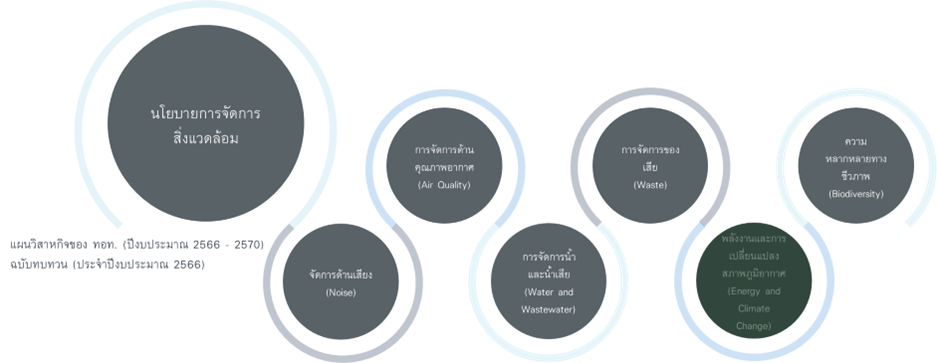
Energy and Greenhouse Gas Management
Greenhouse gas management is a standard business practice given significant importance by the world’s leading organizations. It serves as an indicator of corporate social and environmental responsibility that investors consider when deciding to invest in companies that disclose carbon emission information. This is crucial because climate change can impact the sustainability of business operations. Therefore, all six airports operated by AOT have participated in the Airport Carbon Accreditation (ACA) Project by the Airports Council International (ACI). This participation demonstrates a commitment to addressing climate change issues on an international level. As part of this initiative, greenhouse gases in the form of carbon equivalents (CO2e) emitted from sources within the airports' operational boundaries are calculated according to the Airport Carbon Accreditation Guidance Document. Subsequently, efforts are made to manage and reduce the volume of greenhouse gases emitted into the atmosphere
See more detail

Driving towards a Green Airport
To achieve accreditation under the 6-level ACA program, which includes Level 1: Mapping, Level 2: Reduction, Level 3: Optimization, Level 3+: Neutrality, Level 4: Transformation, and Level 4+: Transition, the airports must enhance their greenhouse gas management by developing and implementing a Carbon Management Plan, which has an outline of strategies to reduce greenhouse gas emissions from each airport operation as follows:
Level 1 Mapping
Level 2 Reduction
Level 3 Optimization
Level 3+ Neutrality
Level 4 Transformation
Level 4+Transition
Airports must increase their level of greenhouse gas management by creating and operating accordingly. Carbon Management Plan with guidelines for reducing greenhouse gas emissions from each airport operation as follows:

Currently, Suvarnabhumi Airport, Don Mueang International Airport, Chiang Mai International Airport, Mae Fah Luang – Chiang Rai International Airport and Hat Yai International Airport are accredited with Level 3 optimization while Phuket International Airport is accredited with Level 1 Mapping.
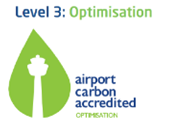
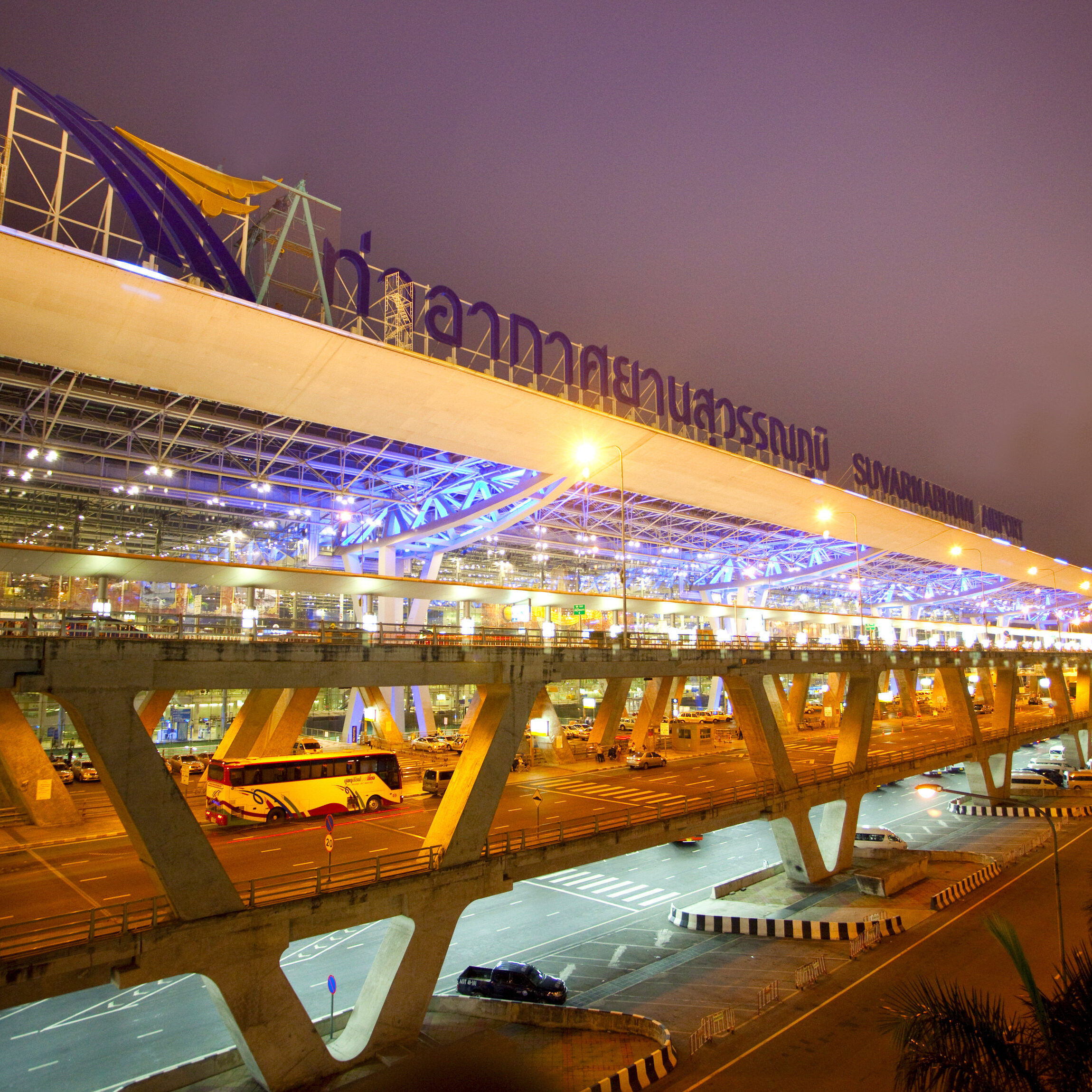
Suvarnabhumi Airport


Don Mueang International Airport

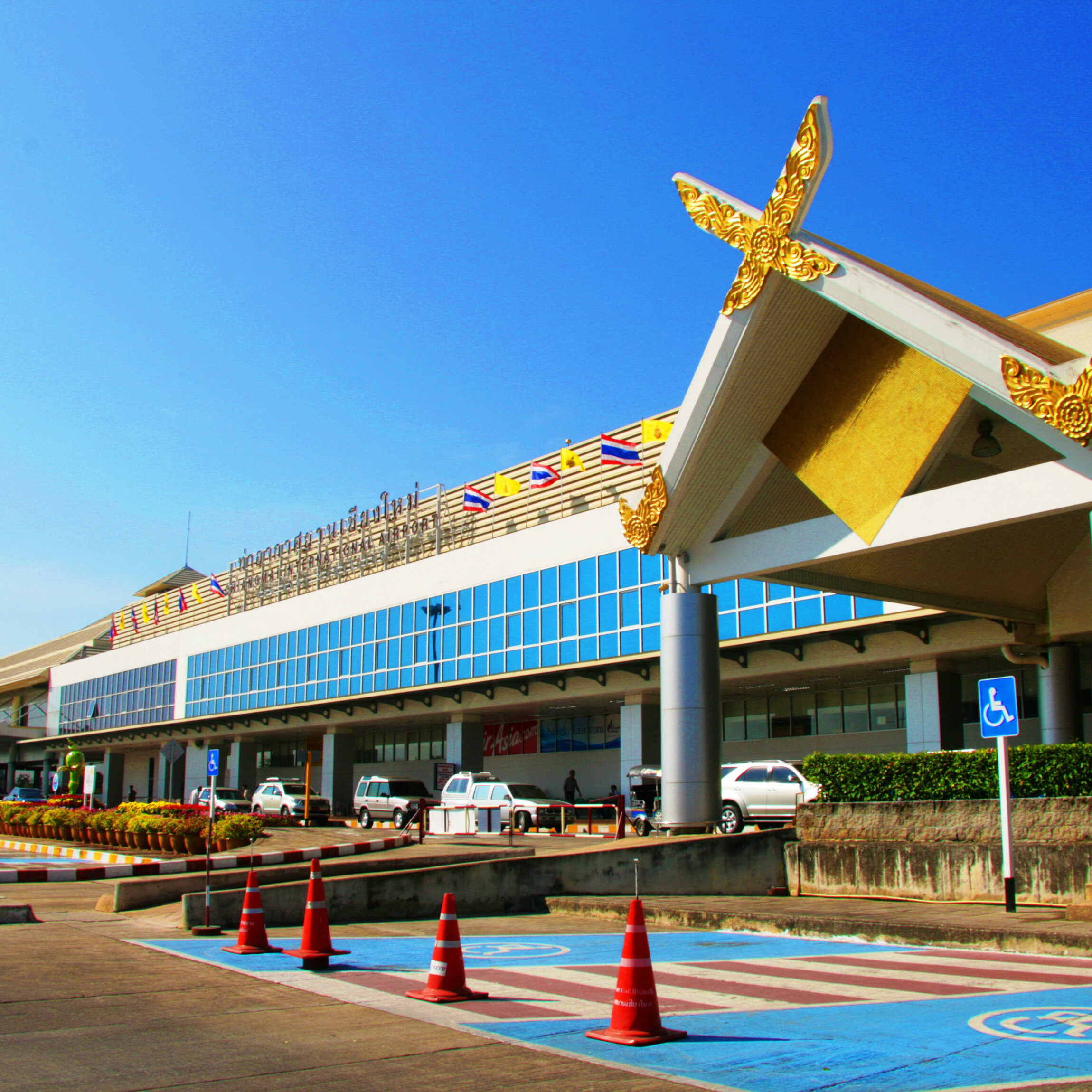
Chiang Mai international Airport

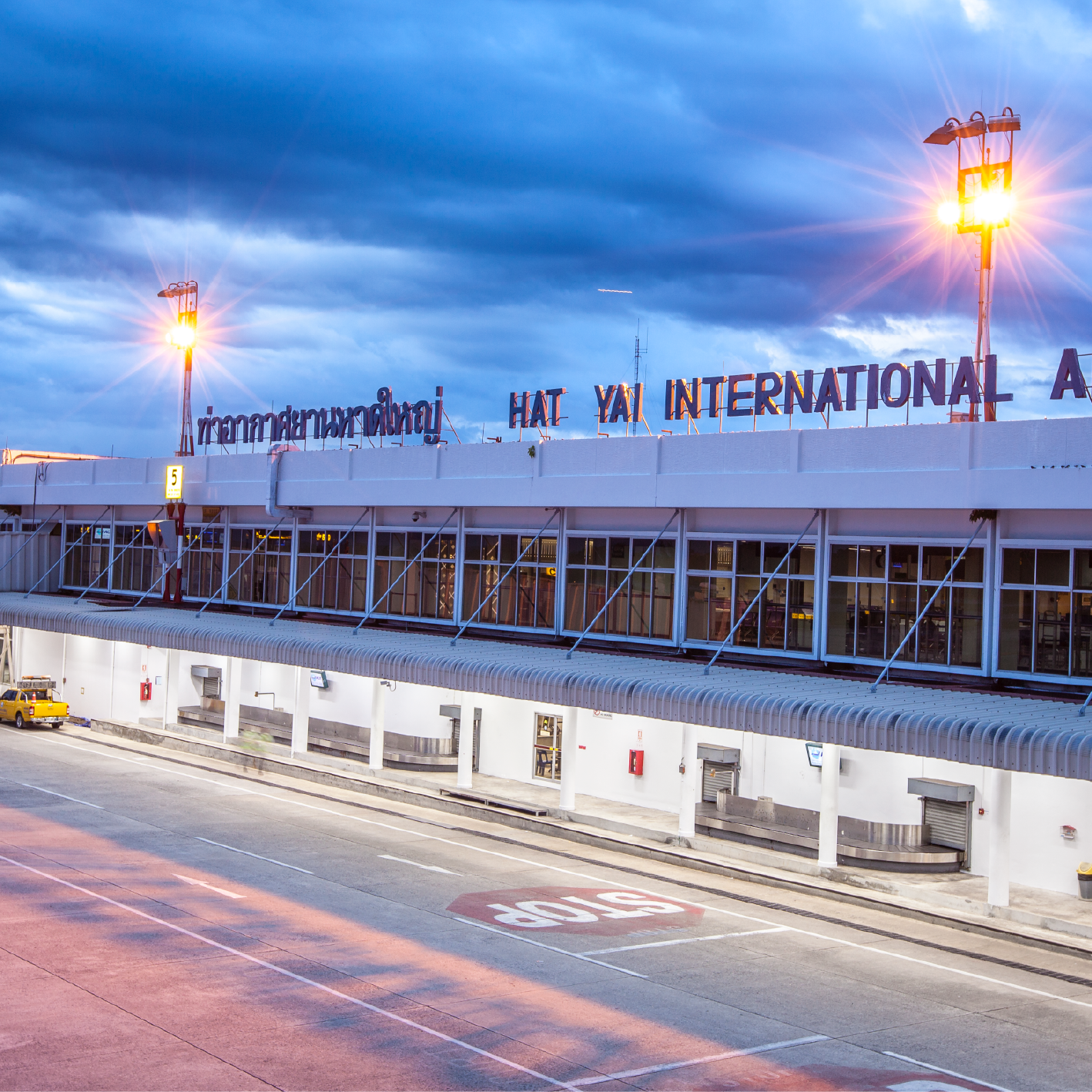
Hat Yai International Airport

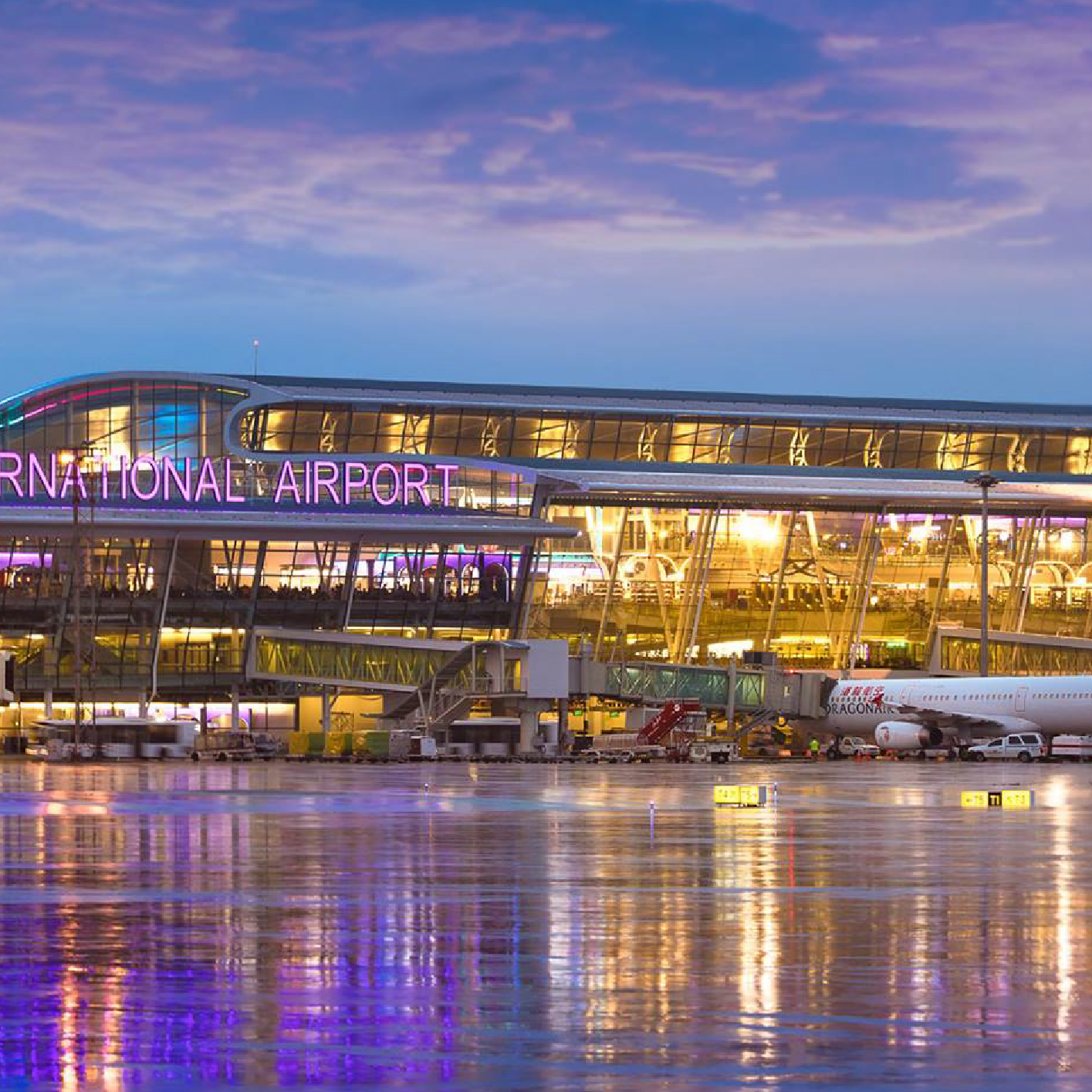
Phuket International Airport
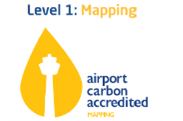
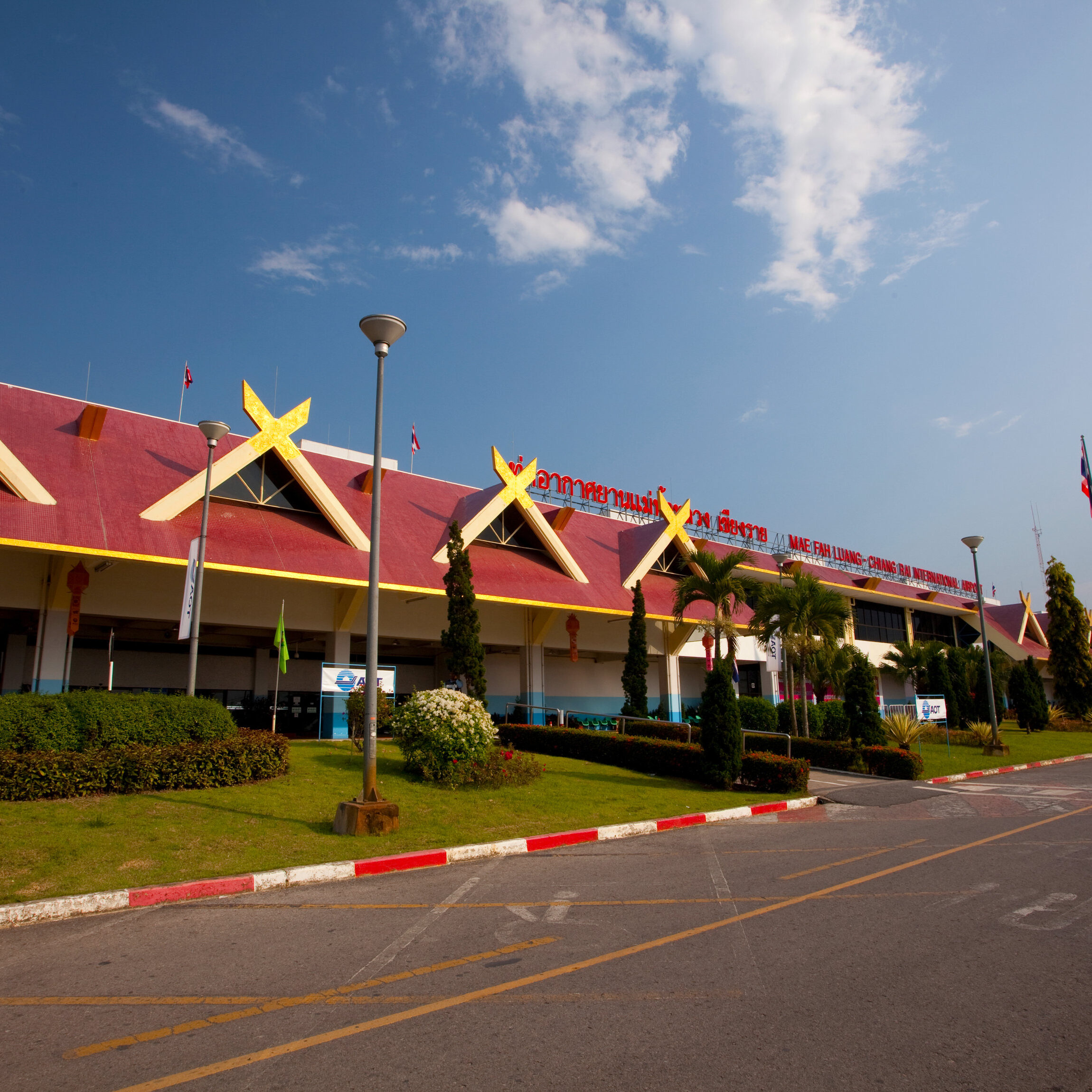
Mae Fah Luang Chiang Rai International Airport
Remarks:
Level 1 Mapping: An airport has to prepare the carbon footprint report (only for activity
controlled by airport) in accordance with the standards and the report shall be reviewed by an independent auditor.
Level 2 Reduction: An airport has to receive Level 1 accreditation and prepare the carbon management plan that clearly shows concrete goal in emission reduction and approaches to achieve that goal.
Level 3 Optimisation: An airport has to pass Level 2 accreditation requirement and expand the scope of carbon footprint report to cover emission from other activities out of airport’s control and participation of stakeholders who are involved with emission from other sources within the airport.
Level 3+ Neutrality: An airport has to pass Level 3 accreditation requirement and purchase or procure carbon credit to substitute emission from activities under control of the airport.
AOT is utilizing alternative energy sources from solar power (Solar PV) in the form of Solar Rooftops and Solar Floating, as well as implementing electric vehicles (EVs) in the airport. These initiatives present opportunities for AOT to adapt, transit, and upgrade airport operations while also reducing greenhouse gas emissions.
Solar Power Generation System Installation Project
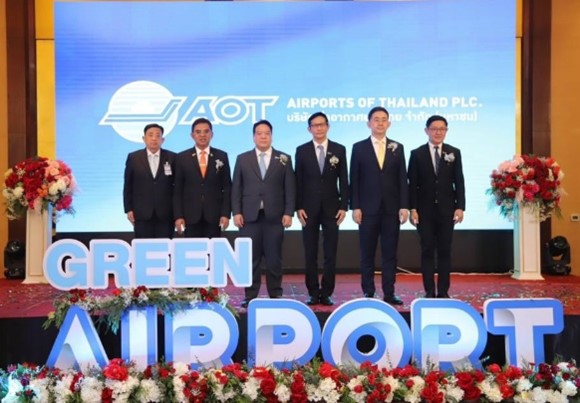
AOT and District Cooling System and Power Plant Co., Ltd. (DCAP) jointly signed
a concession contract to install 4.4 megawatts of Rooftop Solar power system at the passenger terminal of Suvarnabhumi Airport to generate eco-friendly electricity without greenhouse gas emissions and bring electricity from solar energy for circulating usage within the airport. AOT is confident that the solar panel will reduce the temperature inside the passenger terminal by more than 7 degrees Celsius, leading to a 2% saving in cooling energy consumption. This translates to an annual cost saving of over 11 million baht and a reduction in carbon dioxide emissions of more than 3,600 tons annually. AOT also plans to increase solar power generation capacity. In addition, there will be a Floating Solar project on a body of water within the boundary of Phuket International Airport, aiming to install 50 megawatts of solar panels, which is equivalent to 20 percent of the airport’s total energy consumption, destined for being a leading environmentally friendly and sustainable airport for the community.
See more detail
Complaints & Suggestions
AOT provides various channels for receiving complaints about environmental issues, including noise and other impacts, to jointly support sustainable solutions. Additionally, it has established the Environmental Impact Solution Coordination Center at Suvarnabhumi Airport with two main missions as follows:
Community Relations Work
Visiting the areas to meet and clarify various issues with the public for clear understanding about AOT’s operations and solutions to impact issues, and following up the situations in communities and surrounding areas of the airport to report issues of public opinion or complaints to AOT.
Complaints Receipt Service
(Call Center)
Receiving complaint and answering inquiries regarding procedures for noise impact compensations caused by Suvarnabhumi Airport’s operations, work plan procedures, results of problem solving, and also provide other relevant information in case of inquiring in-dept information of AOT. The Center will be a data coordinator to clarify and make clear understanding for inquirers.
Last updated: May, 29 2024
